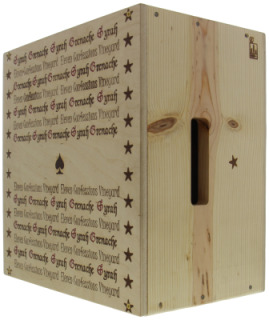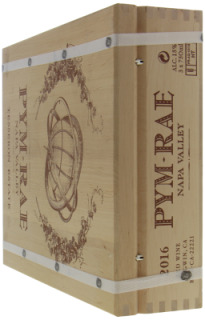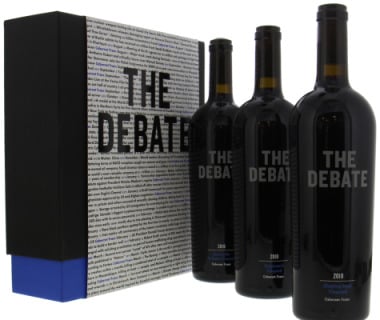Atlantis Grenache 2b 2005 Sine Qua Non
| Classificatie | Cru Classe |
| Wijnsoort | Rood |
| Producent | Sine Qua Non |
| Jaar | 2005 |
| Land | Verenigde Staten |
| Streek | Napa Valley |
| Druif | Grenache |
| Inhoud | 0,75 |
| Conditie | Perfect |
| Etiket | Licht beschadigd |
| Voorraad | 0 |
Professionele reviews
Robert Parker (97)
2005 ATLANTIS Fe203 2A: Another brilliant 2005 (93% Grenache and 7% Syrah), it has put on weight and seems to be developing more complexity. California’s cooler year seems to have given all the top 2005s loads of perfume and distinctive aromatics. Oodles of kirsch, licorice, charcoal and floral notes along with some blacker fruit characteristics jump from the glass of this dense bluish/purple wine. Medium to full-bodied, yet extraordinarily elegant for a Grenache, with beautiful purity in its hints of white chocolate and forest floor and its admirably textured, long finish, this wine is still young but approachable thanks to its aromatics fireworks, yet should last for an additional 10-15 years.
The conclusions I came to about this tasting may seem obvious just by reading the tasting notes. People forget that as famous as Sine Qua Non and both Elaine and Manfred Krankl have become over the last 15 years, their wines really only began to hit full world-class qualitative levels at the turn of the last century (2000). The vineyard sources have largely changed from Alban, Stolpman, Bien Nacido, Shadow Canyon and White Hawk Vineyards to primarily estate vineyards Cumulus Vineyard in Ventura County and 11 Confessions Vineyard in the Santa Rita Hills. In the future, Krankl’s newest vineyard in Alisos Canyon will be an additional component part. His meticulous craftsmanship and phenomenal attention to detail, both in the vineyard and in the winery, have been increasingly noticeable over the last decade. He seemed to hit full stride about eight or nine years ago, and what has unfolded since then is an absolutely brilliant succession of true works of genius, both in his expressive, sometimes slightly abstract artwork on the labels, to the meticulously crafted wood boxes in which the wines are housed. Of course, the most important thing of all, the actual wine itself, is both the beginning as well as the end for consumers, and where 100% of my focus and judgement are centered. Grenache, as Krankl would be the first to say, is by far the most challenging grape varietal to make majestic wine from, and unequaled in difficulty by any other grape in the world except Nebbiolo. That’s why we see so little of it from great terroirs. High quality Grenache exists in northern Spain, southern France, parts of southern Italy and Sardinia, and in southern Australia, but rarely in California. This makes Krankl’s achievement all the more remarkable. Regarding the article’s title, “Wasted” – I was so elated (by their quality) as well as depressed (because I couldn’t drink all of these elixirs) that it seemed as if too much wine had been “wasted.” On a light-hearted note, my condition once I finished the academic part of the tasting could have been described as “wasted” by those who still hold to the notion that alcohol is the demon drink.






















